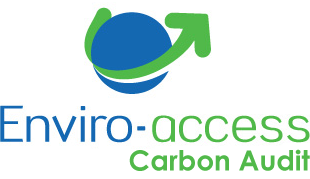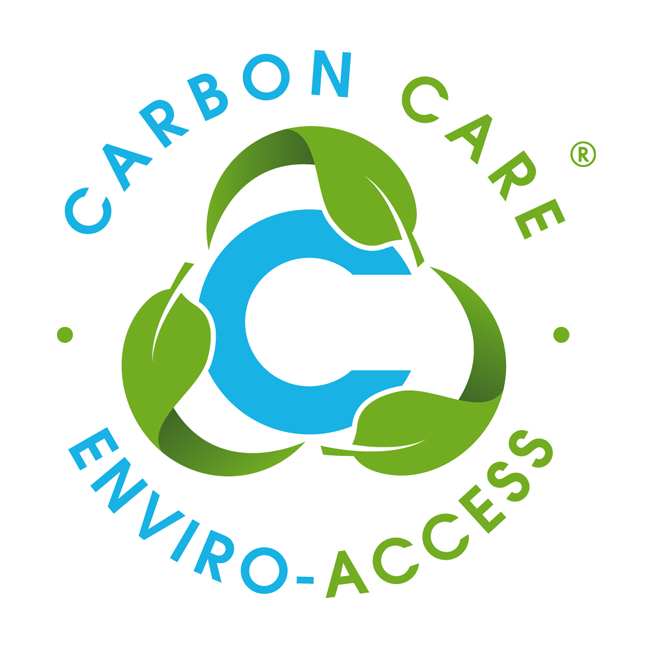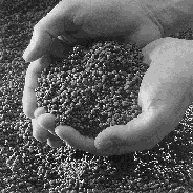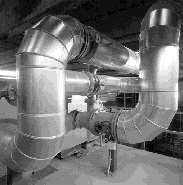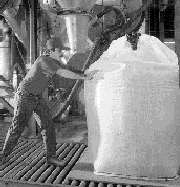Description of the technology
The Swiss Combi technology developed by Berlie-Falco Technologies Inc. can treat sludge from municipal treatment plants as well as industrial sludges. Heat drying allows for maximal reduction of the sludge volume and yields a stable, pasteurized, homogeneous granular material which can be used for agricultural purposes or as a fuel.
The dewatered sludge is mixed with a quantity of dried sludge (fine). It then goes to a drying drum where the temperature is between 450°C at the inlet and 130°C at the outlet. Rotation of the drum provides uniform drying and also serves to transport the granular sludge, which then goes through a cyclone and then a screw conveyor for cooling. Finally a vibrating sieve separates the granules by size. Before the storage, the temperature of the granules is lowered to 35°C by means of a cooling screw.
Performance
Berlie-Falco Technologies Inc. manufactures stationary units with an evaporative capacity of 1000 – 6000 kg/h, mobile units with a capacity of 1000 kg/h and semi-mobile units with capacities of 500 and 1000 kg/h. The final product should have a solids concentration of 92 – 95%.
The process has the following benefits:
- The final product is a dust-free, homogenous granular material of defined size which can be conveniently stored;
- Sludges of various origins (municipal and industrial) can be treated;
- The equipment of the system is maintained in light suction thus preventing the release of dust in the air;
- The method of making the granules minimizes maintenance costs and provides maximal reliability;
- The drying air circulates in a closed loop, which eliminates odours.The process stabilizes the sludge by pasteurization, destroying pathogens. The final product can be sold as fertilizer or combustible.
The byproducts are combustion gases. Once the combustion gases have transferred their heat to the drying air through the heat exchangers, they are vented up the chimney. The atmospheric emissions of the system meet the standards of pollution VOC, NOx, SOx, particles.
Limitations
All types of sludge can be treated provided they are sufficiently dry at the outset (15-40% solids).
Installation and operation
The dryer comes in different sizes. For example, a unit with an evaporative capacity of 1000 kg/h would fill a building 11 m by 19.5 m.
An operator is needed only a few hours a day and requires no special protection. The sludge can go directly from the dewatering equipment into a feed hopper and then into the dryer.
The equipment can be used with any fuel (natural gas, biogas, propane, oil or hot gases).
Costs
Because operation is automated to a high degree and installation is so easy, labour costs are low (one or two employees, who also supervise the mechanical dewatering).
Additional Information
This dryer technology was originally acquired under licence. Significant development work was subsequently done in Quebec. More than $750,000 has been invested by Berlie-Falco Technologies Inc. over five years.
Eight units from Berlie-Falco Technologies Inc. are currently operational in Canada and in the United States. They are located in Quebec city, Gatineau, Smiths Falls (Ont.), Baltimore (MD), Montreal, Laval, Windsor (Ont.), UOSA (VA) and two other projects have also been realized in Toulouse and Quimper, France.
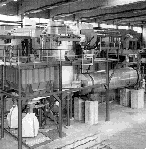

Berlie-Falco Technologies Inc.
M. Bertrand Blanchette, Vice-Président Exécutif
1245, rue Industrielle
Laprairie, Québec, J5R 2E4
Phone : (450) 444-0566 p. 228
Fax : (450) 444-2227
Email : info@berliefalco.com
Web site : http://www.berliefalco.com

